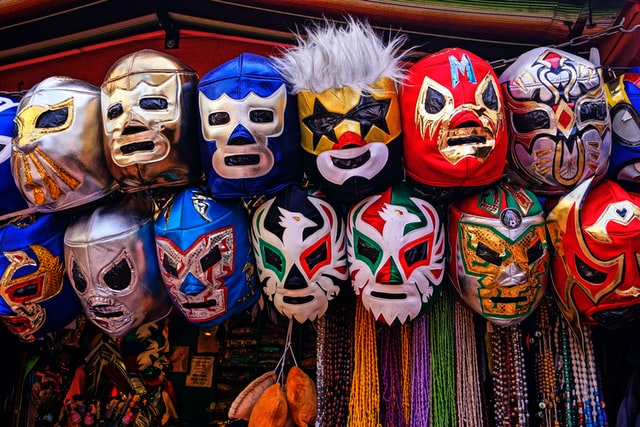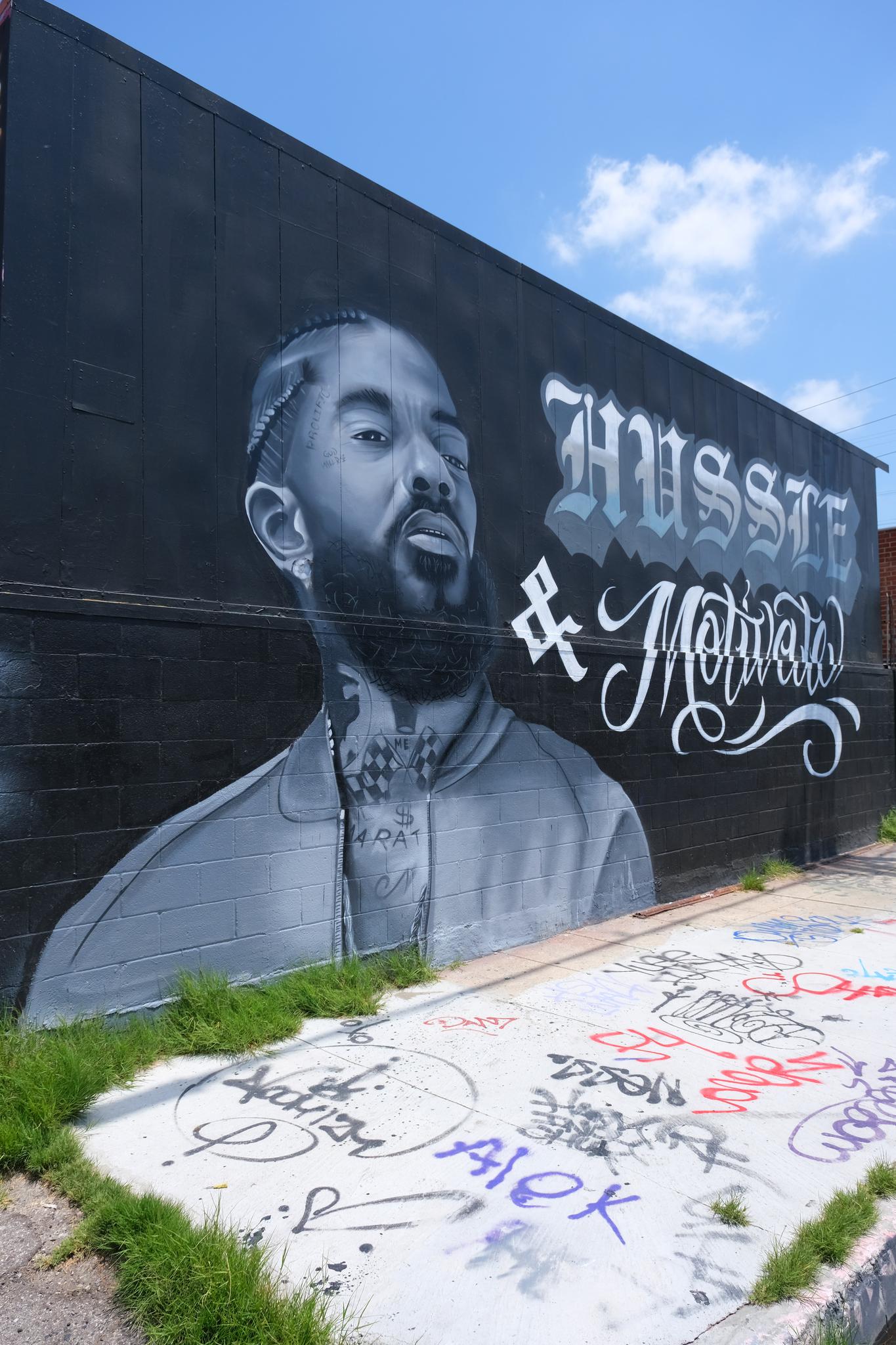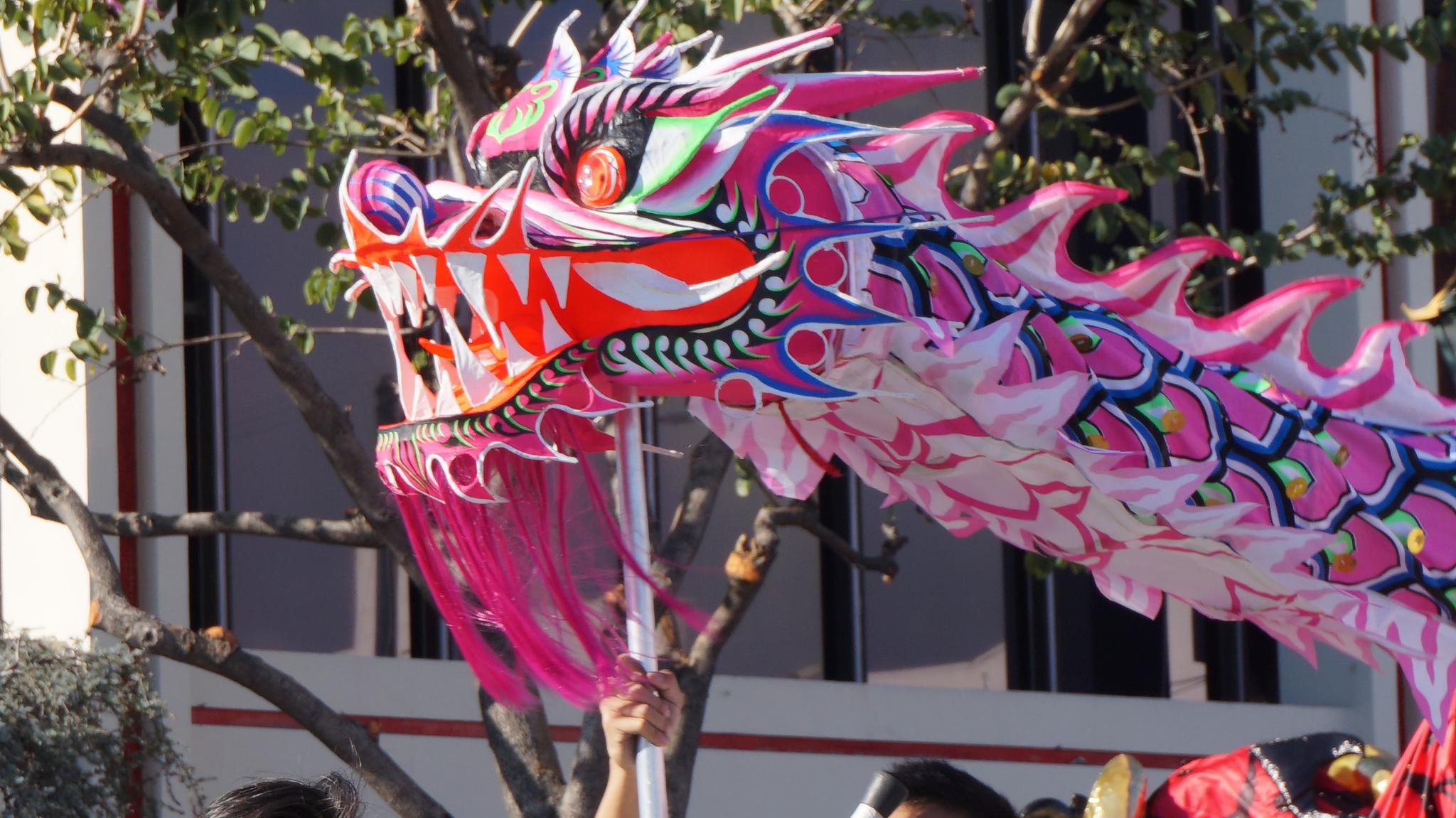Traveling the World of Los Angeles
Los Angeles is one of the most diverse cities in the world. Over one-third (39.7%) of its population is foreign-born, and most of its natives have families that have immigrated from all over. As a result, LA is one of the largest multicultural hubs in America. The city has a variety of ethnic enclaves and multicultural neighborhoods, each with its own rich and complex history.
Olvera Street

Established in 1858, Olvera Street is one of the oldest streets in Los Angeles. The street is famous for its restaurants, street vendors, and public establishments. Olvera Street has a rich history and culture and has served as a haven for the Mexican American community since its inception. The city of Los Angeles was founded on Olvera Street in 1781. During the 18th century, Mexico established independence from the Spaniards. Los Angeles was a thriving Mexican city from that time until the end of Mexican rule. Los Angeles was an economically prosperous city, mainly due to its agriculture. After the United States obtained the land, residents of this enclave fought to maintain the area's heritage. They refurbished old pueblo-style buildings and formed the famous street. Olvera Street boasts a modern marketplace heavily influenced by the large Mexican American population that calls the city home. On the street, one can find some of the most authentic Mexican cuisines, hear the sounds, and take in the sights of the Mexican-style Market. Olvera Street is particularly famous for its bright lights, vibrant marigolds, and beautiful altars created in homage to the dead.
Crenshaw Boulevard

Situated between Wilshire Boulevard and Palos Verdes, Crenshaw Boulevard is in the heart of Black Los Angeles. During the early 20th century, there was a building boom in LA. People from around the world flocked to the city in the pursuit of opportunity. During the early to mid-20th century, racially restrictive covenants declined, allowing residents of color to move into the growing neighborhoods on the city's south side. Black Angelenos found success on Crenshaw Blvd, setting up businesses, schools, and churches and growing the area into a prosperous middle-class community rich with black culture. Crenshaw Blvd is also a multi-ethnic hub. Many Japanese Americans and other immigrant groups found refuge and fellowship in the community, creating successful businesses and bonds with black residents. The "Great Wall of Crenshaw" is an immaculate tribute to the street's heritage. Surrounding neighborhoods such as Leimert Park have become centers for the city's black art, history, and culture.
Chinatown

Located in Downtown Los Angeles near Dodger Stadium, LA's Chinatown was established in the 1880s. At this time, the transcontinental railroad was still under construction, and the Central Pacific Railroad Company began to hire Chinese immigrants to finish the western portion of the railroad. Chinese immigrants living in the area faced racial violence and discriminatory policies that limited where they could work and live. Chinatown faced financial struggles and was destroyed and rebuilt many times. Around the 1950s, many racial covenants ended, allowing Chinese immigrants more mobility. Community efforts to revitalize Chinatown were underway. Many Chinese Americans began to establish their lives in the area. Hollywood set and prop makers added to the design of the "new" Chinatown, blending Chinese and American themes to create an 'exotic' but uniquely Chinese American neighborhood. Some notable infrastructures in the area include the China Town Gateway (The Dragon Gate), the Wishing Well, the Statue of Sun Yat-Sen, and the Chinatown Central Plaza. Chinatown is a diverse community and popular tourist destination.
